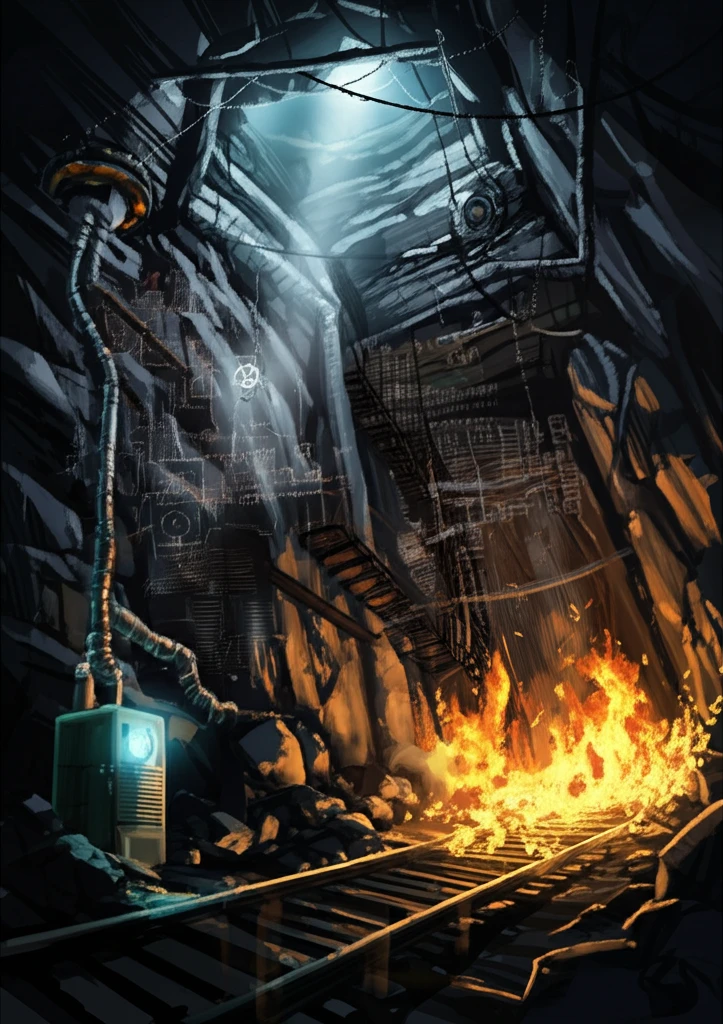
Mine Fires: How to Prevent Spontaneous Combustion in Coal Mines
"A comprehensive guide to understanding and preventing spontaneous combustion in coal mines, ensuring safer working conditions with effective mine design and ventilation strategies."
Coal mines face a persistent threat: spontaneous combustion. This danger arises from coal's inherent flammability and tendency to self-heat, posing significant risks to worker safety and operational continuity. Preventing mine fires requires a comprehensive understanding of the factors that contribute to spontaneous combustion, coupled with effective prevention strategies.
Spontaneous combustion occurs when coal reacts with oxygen, generating heat. If this heat isn't dissipated, the coal's temperature rises until it ignites. This process is influenced by various factors, including the type of coal, mine design, and ventilation practices. Controlling these elements is crucial for minimizing the risk of mine fires.
This article explores the science behind spontaneous combustion in coal mines and provides actionable strategies for prevention. From mine design and ventilation to gas monitoring and inertization, we'll cover essential techniques for creating a safer mining environment. Whether you're a mine operator, safety manager, or simply interested in the topic, this guide offers valuable insights into preventing one of the most dangerous hazards in coal mining.
Understanding Spontaneous Combustion: What Makes Coal Mines Vulnerable?

Several factors contribute to the risk of spontaneous combustion in coal mines. Understanding these elements is the first step in developing effective prevention strategies. Here are the primary factors to consider:
- Coal Rank: Lower-rank coals ignite more readily.
- Oxygen Content: Higher oxygen levels increase reactivity.
- Surface Area: Finer coal particles heat up faster.
- Ventilation: Proper airflow is essential for dissipating heat.
- Mine Design: Layout impacts ventilation and accessibility for sealing.
Taking Action: Preventing Mine Fires for a Safer Future
Preventing spontaneous combustion in coal mines is an ongoing effort that requires diligence and a comprehensive approach. By understanding the factors that contribute to self-heating and implementing effective prevention strategies, we can significantly reduce the risk of mine fires and create a safer working environment for miners. Continuous monitoring, proper ventilation, and proactive measures like inertization are essential for ensuring the long-term safety and productivity of coal mines.
